While it may seem easy enough to go out to a gardening nursery and get seeds or young plants, there are other ways to expand your garden or landscaping.
The most effective way is to grow your own plants from some that you already have! In fact, growing from cuttings can be quite rewarding, offering you new plants faster, as well as lessening the amount of money you have to spend overall. Plus, it's exciting to know you did it yourself, and all of your plants are connected in that way!
Of course, while most plants can be propagated in some way, not all plants are great to use when you want to grow from shrub cuttings. A number of plants require specific types of cuttings if you want to have any success. We'll walk through what to consider when you want to grow plants, specifically shrubs, from cuttings, as well as some of the best shrubs to propagate.
Shrubs You Can Grow From Cuttings
Many varieties of garden shrubs, including the fifteen below, can be grown from cuttings. These listed here tend to root quickly and grow into full-grown and independent shrubs in a relatively short period of time.
1. Azaleas
Azaleas (deciduous) are low-maintenance shrubs that come in a rainbow of colors, and especially varying shades of pink, purple, red, and white.
Azaleas can be grown in almost any garden, easily adding interest and color. Growing azaleas from softwood cuttings ensure that the new plant will look like the original – seedlings are a cross between two different plants, so the resulting plant is less consistent with seedlings.
2. Butterfly Bushes
Butterfly bushes are some of the best pollinator plants, as the name implies – this attractive shrub will draw butterflies, bees, and other pollinators into your garden to keep all of your plants healthy and happy. To propagate, simply take a branch tip cutting in the spring or summer during the softwood phase.
3. Blueberries
Blueberries are a popular fruit in the summertime when these shrubs produce dozens of berries per season. You can grow blueberry bushes from either hardwood or softwood cuttings.
4. Crape Myrtle
Crape myrtles are deciduous shrubs or sometimes small trees, with a variable, moderately dense shape, and often multi-stemmed form.
Crape myrtles produce beautiful flower clusters, ranging in color from purple to white, pink, and red, and typically blooms across the summer and continue throughout fall. Crape Myrtles are most successfully grown from cuttings taken during the softwood phase.
5. Elderberry
Elderberries are commonly made into delicious preserves, pies, juices, and even syrup and are known for their positive impact on the immune system. The best way to grow elderberries from cuttings is as softwood, by taking them in the early spring when the plant is just ending its dormant period.
6. Forsythia
Forsythia bushes are among the first plants of spring to bloom, and their bright yellow flowers indicate the start of a new season and warmer weather coming soon. Forsythia can be cut in the softwood, semi-hardwood, or the hardwood phases, making it a very easy shrub to propagate.
7. Honeysuckle
Honeysuckles are a desirable shrub known for their pretty white and yellow flowers, deliciously sweet scent, and because it creates shade as it climbs in the garden. Typically honeysuckle can grow very quickly so it’s not necessary to propagate; however, you may want to propagate it in your garden to help it spread even faster. Honeysuckle is best cut as softwood or hardwood.
8. Hydrangeas
Hydrangeas vary in color depending on the acidity in the soil, rendering them either blue or pink or somewhere in between - or something entirely different, like white! They are beautiful bushes with stunning flowers that are easily propagated using cuttings from the softwood or hardwood phase.
9. Lavender
Lavender is an herb plant popular for its fragrant aroma and its low maintenance care. Lavender can be grown from hardwood or softwood cuttings.
10. Lilacs
Lilacs are beloved by gardeners for their beautiful blooms and intense fragrance, and though most commonly appear in shades of purple, they can also pink, white, and even yellow. They are also a good source of shade or privacy when grown along a trellis or as a hedgerow. Lilacs are best grown from softwood cuttings.
11. Magnolias
Magnolias, while most commonly are considered trees, have some smaller deciduous varieties like the Stardust variety, which is only about 4 feet tall, or the Nigra, which produces consistent blooms of purplish-red with pink interiors. Magnolias are best cut during the semi-hardwood phase.
12. Mock Orange
The Mock Orange shrub is called such because even though it does not grow true oranges, the fragrant white flowers resemble that of orange blossoms. It will fill your garden with a sweet citrus scent while blooming for about two weeks of the year but is a classic dark green foliage for the rest of the year. Mock orange shrubs grow well from softwood and hardwood cuttings.
13. Shrub Roses
Shrub rose bushes are popular flowering shrubs, with the name actually referring to an entire category of rose bushes that are very hardy and easy-care but grow more widespread than standard rose bushes. There are many varieties, all of which produce beautiful fragrant flowers. They grow well from any kind of cutting – softwood, semi-hardwood, or hardwood.
14. Wisteria
Wisteria has an incredibly sweet fragrance that spreads across the garden, and beautiful purple blooms that cover the vine in the spring. It's a very popular climbing vine for trellises or fences and provides great shade or privacy in addition to beauty. Wisteria cuttings root best if taken as softwood, in the late spring or early summer.
15. Witch Hazel
Witch Hazel is a small tree with particularly fragrant yellow blooms and is popular for use while treating ailments like sunburn or insect bites to bring down inflammation. If you are looking for some color and fragrance throughout the wintertime, witch hazel shrubs are a great option for your garden. They are not easy to propagate but can be done through softwood cuttings in the spring.
What Are Shrubs, Exactly?
Before we jump into tips on growing from cuttings, it's important to define what we mean by shrubs. You can propagate hundreds or even thousands of different kinds of plants, but this article's focus is primarily on how to grow different kinds of shrubs from cuttings.
A shrub is defined as a woody plant that is smaller than a tree and has multiple main stems arising at or near the ground, rather than a tree's single stem. They are perennial woody plants that stay lower to the ground and have a tendency to spread out rather than up. They are commonly seen everywhere from gardens to yard landscaping to out in the wild, and can produce flowers or fruit or simply leaves.
Shrubs are best propagated in either the period of late fall or winter when the plant is dormant and not actively growing or during the time of new growth in the late spring. See the section "Types of Cuttings" below for more information on those phases and how to customize your cutting process accordingly.
Preparing a Cutting
When preparing to take a cutting from one of your shrubs, there are a few ways to do it. To begin, get all of your tools ready – you'll need sharp scissors or a knife, a pot, potting medium, and rooting hormone.
First, cut a piece off the stem that is between six or twelve six inches. Ensure that there are several leaves left on the cutting. Remove any flowers from the stem cutting– they will draw energy away from the roots, and we want to make sure the shrub cutting can devote its full focus towards rooting.
Cut the stem right below the node (where the bottom leaf connects to the stem) and then dip the end of the stem you just cut in rooting hormone to encourage faster and healthier growth.
Now that you have the rooting hormone on the end of the cutting, plant it in a pot of damp potting mix. Keep it just damp enough to be hydrating but not too wet so you avoid rot. Wrap your cutting and pot in a plastic bag or similar cover, then tie off the top while ensuring the plastic is not touching the cutting. This keeps the plant in a humid environment so it does not dry out while it grows roots. Place the pot in a warm spot that gets some light but not bright direct sun.
Check the plant every couple of weeks to see if roots have developed. Once roots have developed you can remove the covering, and plant your growing new shrub outdoors when the weather is appropriate.
Types of Cuttings
Most stem cuttings can be rooted at any point that plants are in an active growing season. For an annual plant that grows all year long, for example, you are able to take cuttings from these annuals anytime you want to make more of them. Woody plants, which can be a little bit more difficult to root, are best harvested at specific times in their growth cycle. There are a variety of woody plant cuttings but the steps for rooting the stems are all the same.
Shrub cuttings are most commonly grouped into three basic categories: softwood, semi-hardwood, and hardwood.
Shrub cuttings are very infrequently taken at the greenwood or herbaceous stage that many other kinds of plants do well in, since shrubs are usually much woodier than annual plants. We'll give a quick definition of each type, along with flowers that fall into each category.
Softwood
Softwood, which is the section of a shrub's stem that is not new growth or fully mature, is the best stage for woody plants to take root when cut.
The fresh, green growth that has grown at the tip of the stem will likely rot before roots can be produced, while the older, more mature and tough growth at the base of the stem will not grow roots as easily. For shrubs, the "Goldilocks" amount of growth is usually found in the softwood.
For most shrubs and in most regions, softwood cuttings can be taken in late spring or early summer. When bent, softwood will typically snap if it is just right for cutting. New growth will bend but not break as it is too green, whereas hardwood is too woody to snap
Hardwood
Hardwood is the most mature part of a plant shoot that does not bend, as opposed to the younger and more flexible softwood growth. To propagate shrubs from hardwood cuttings, take them in late fall before the shrub is dormant for the winter, or before the new season of growth begins in the early springtime.
One downside of hardwood cuttings is that it does typically take a longer time than softwood cuttings. On average, it takes a year or sometimes even longer before strong, well-established roots have formed.
The great thing is that these cuttings are very hardy and can be kept outside throughout the whole year. If you are willing to be patient and have space to spare while its roots, there is the minimal effort required for many plants. All you will have to do is keep them watered while they are actively growing their roots. We've covered 25 plants you can propagate from hardwood cuttings already if you're looking for more ideas.
Semi-Hardwood
Semi-hardwood cuttings, also known as semi-ripe cuttings, are usually made up of partially mature wood, just after a spurt of growth during the current season. They tend to be somewhat tough, with reasonably firm wood and leaves of mature size. This is the middle ground, falling in between the softwood and hardwood cuttings (as the name implies).
Semi-hardwood cuttings should be taken from midsummer to early fall. While most shrubs are typically taken during the softwood or hardwood phase, sometimes the semi-hardwood lends a little bit more hardiness to the typically very sensitive softwood.
Conclusion
Shrubs can be a beautiful and productive addition to any garden. Growing new plants from the shrubs you already have is a more cost-effective, timely, and relatively easy way to expand your garden and multiply the shrubs you already have.
Now that you've learned more about the different times to cut your shrubs for maximum growth, you can help your plants be successful.
This list of 15 shrubs also highlights a few of the many different varieties that grow best directly from cuttings. Choose a few of your favorites shrubs and get started in your own garden today!



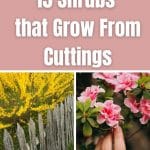


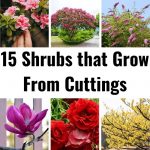
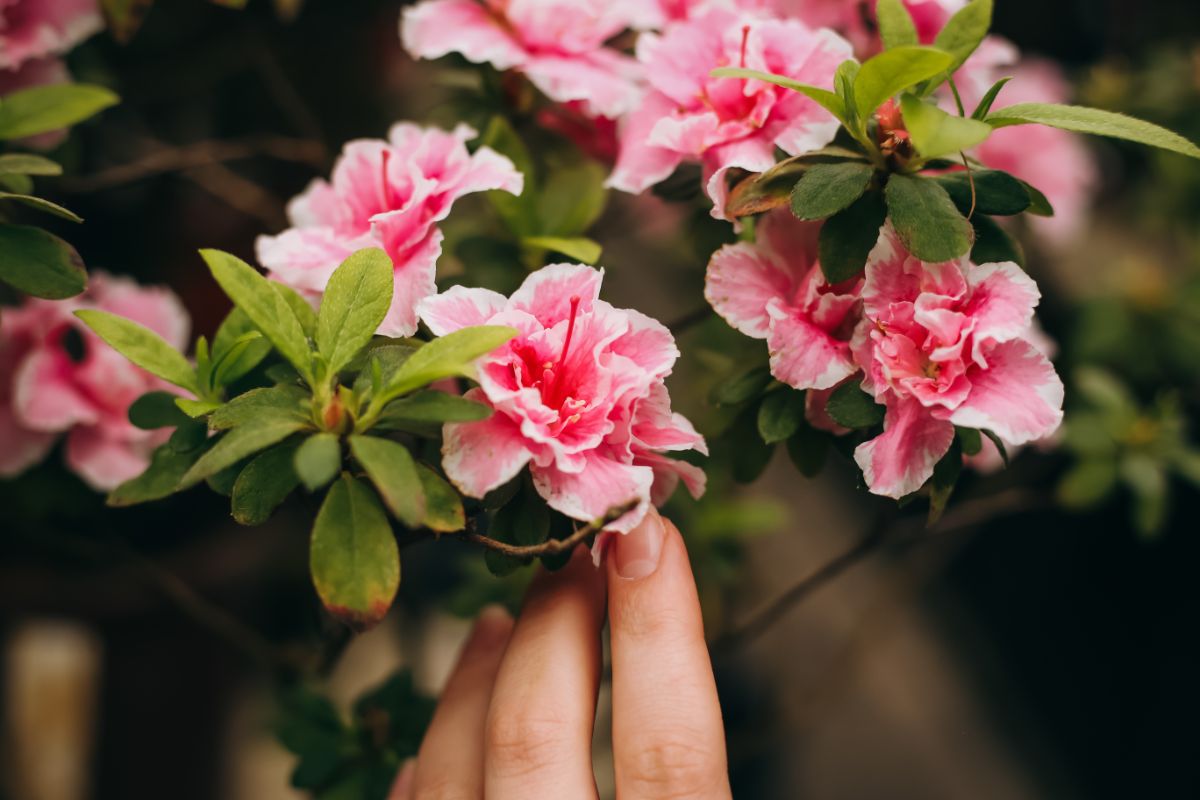
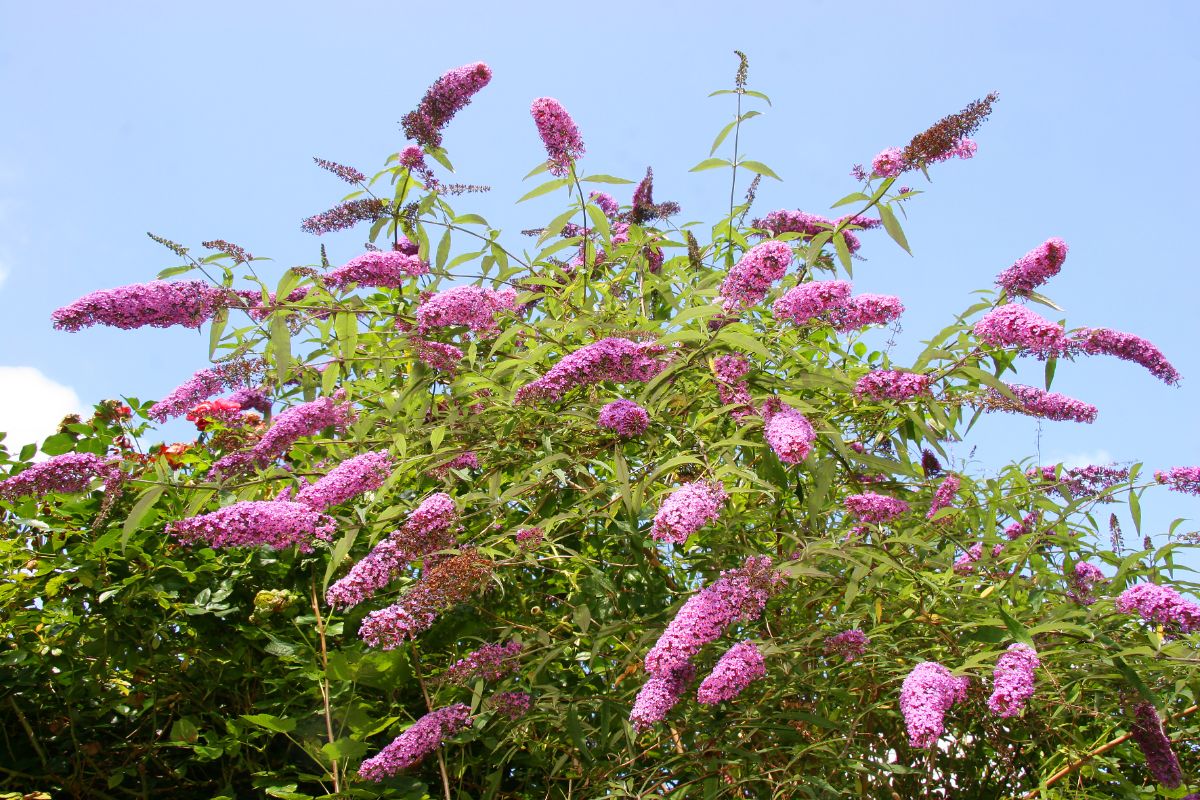
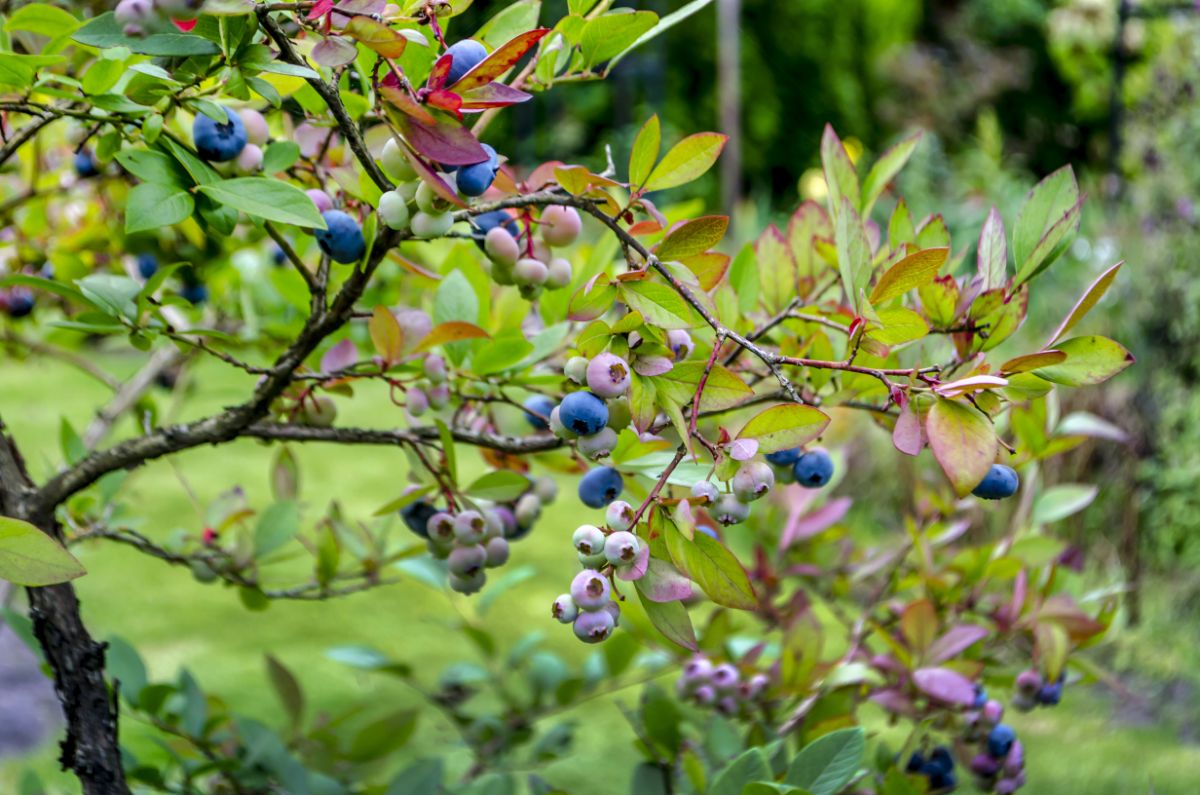
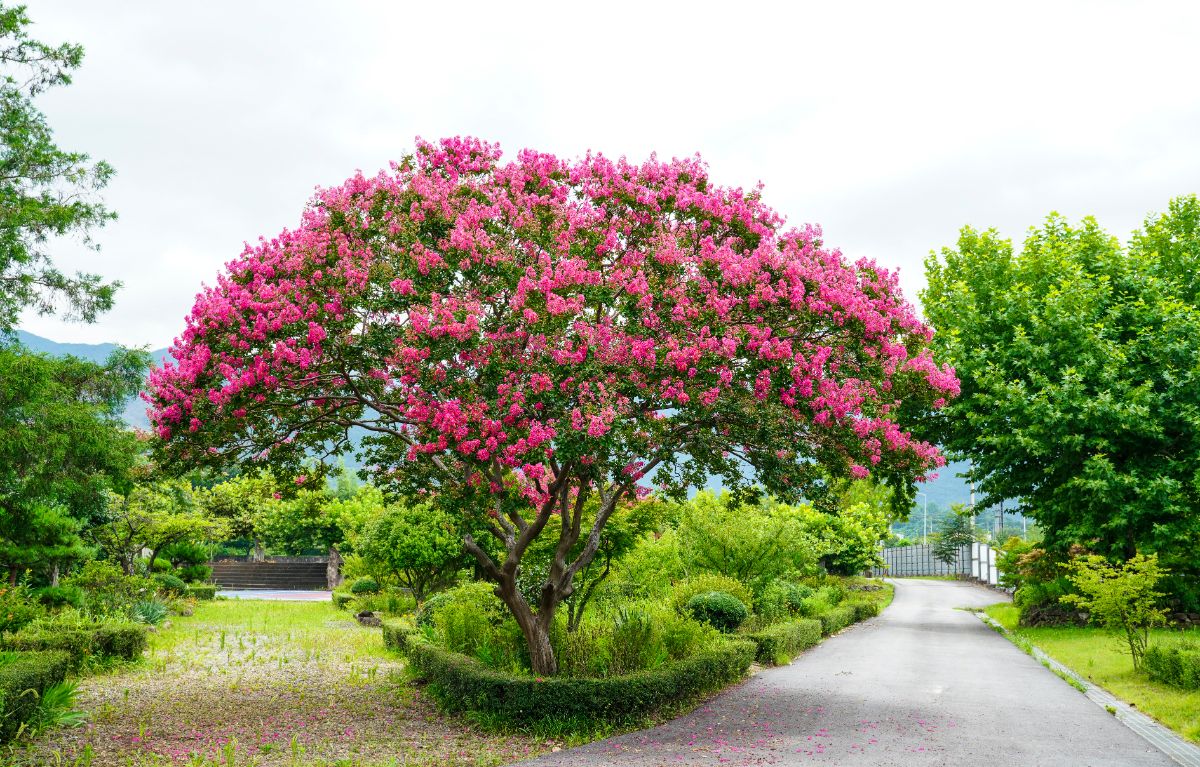
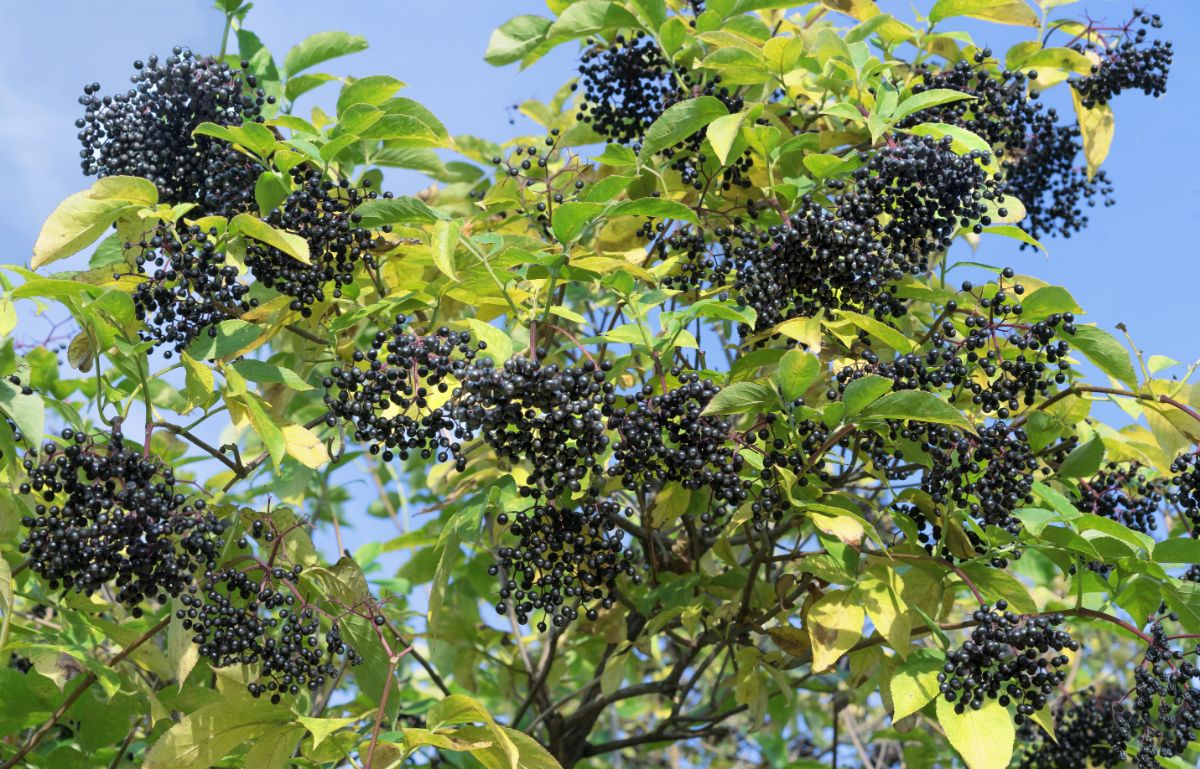
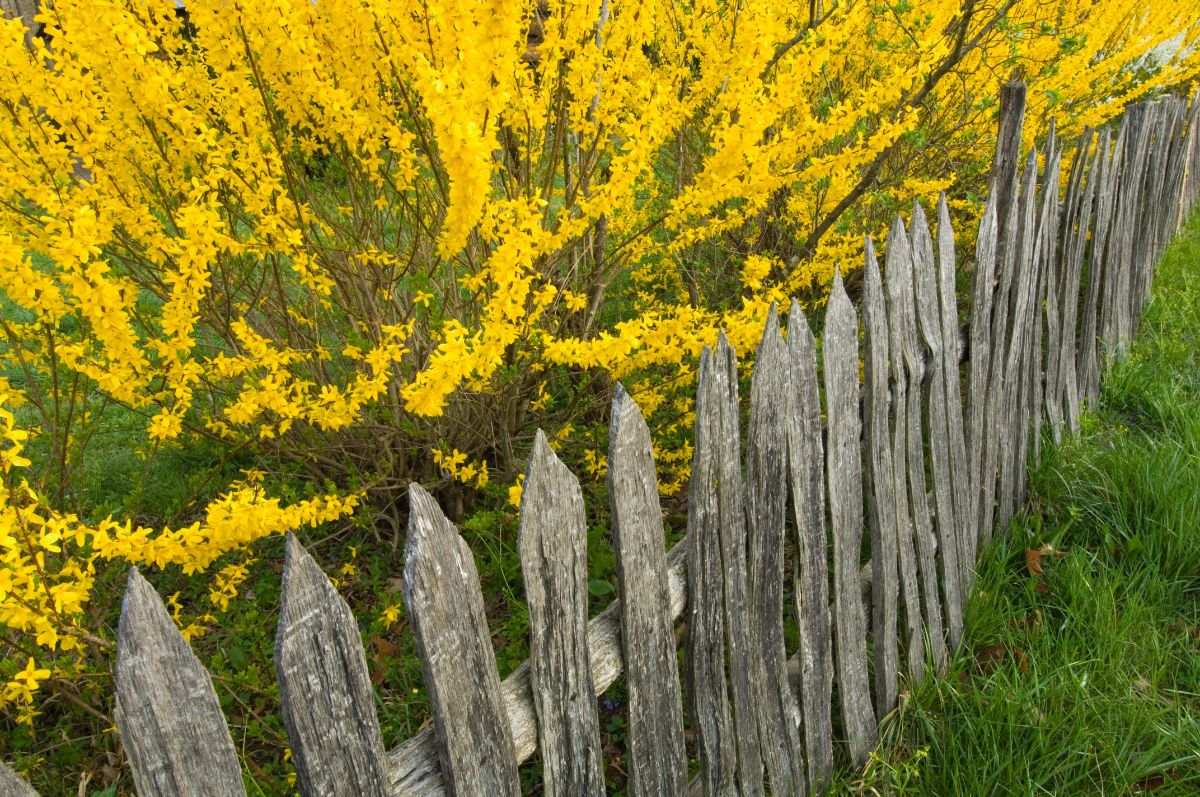
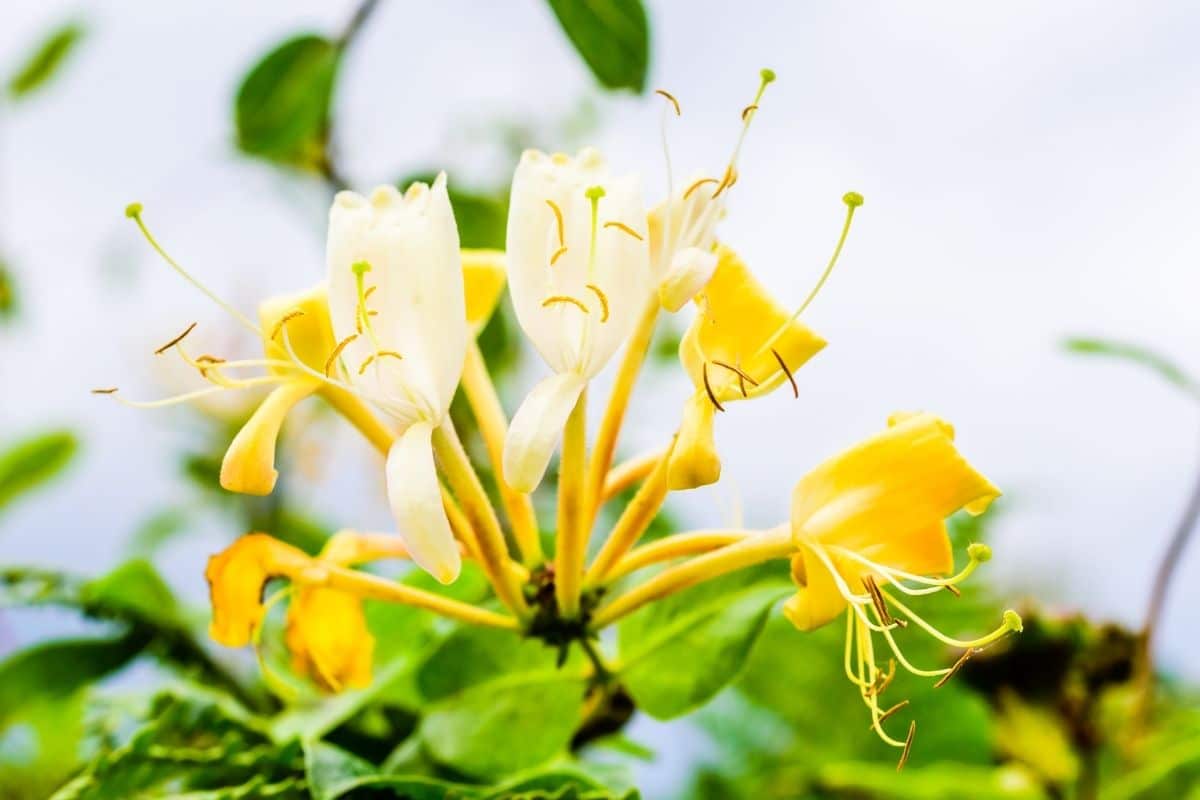
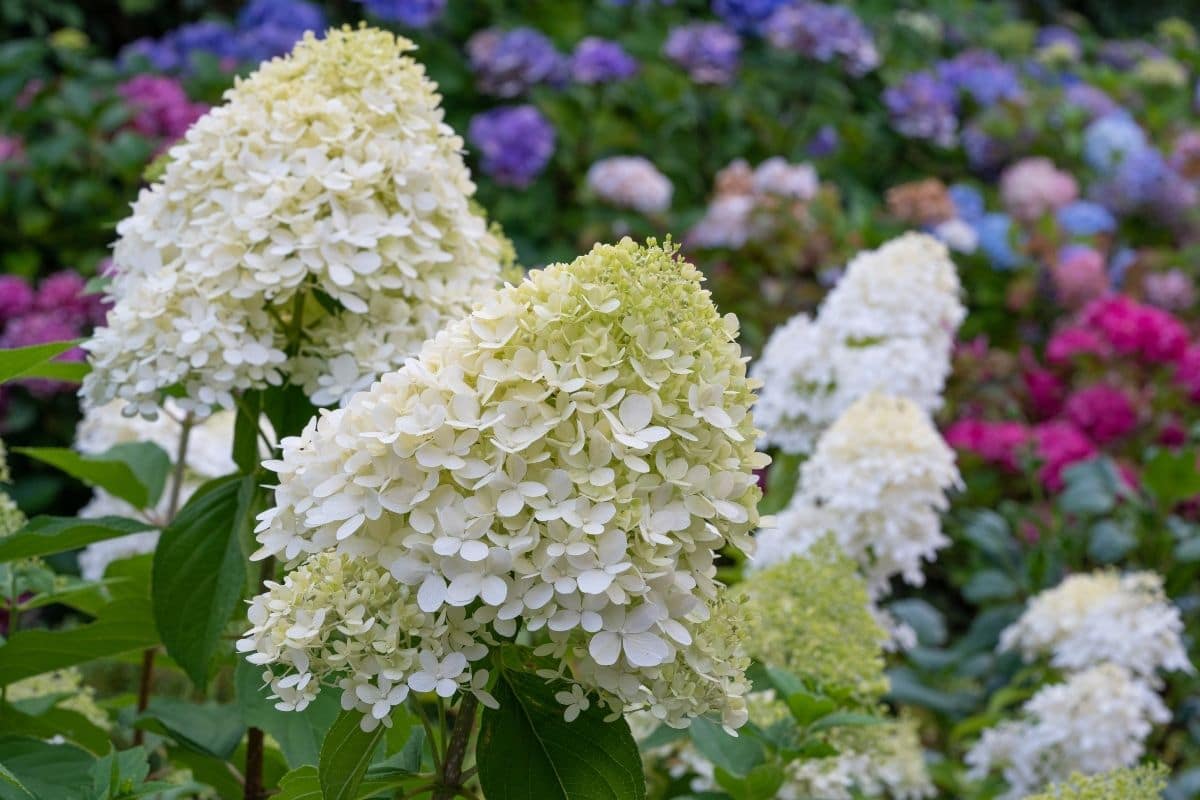
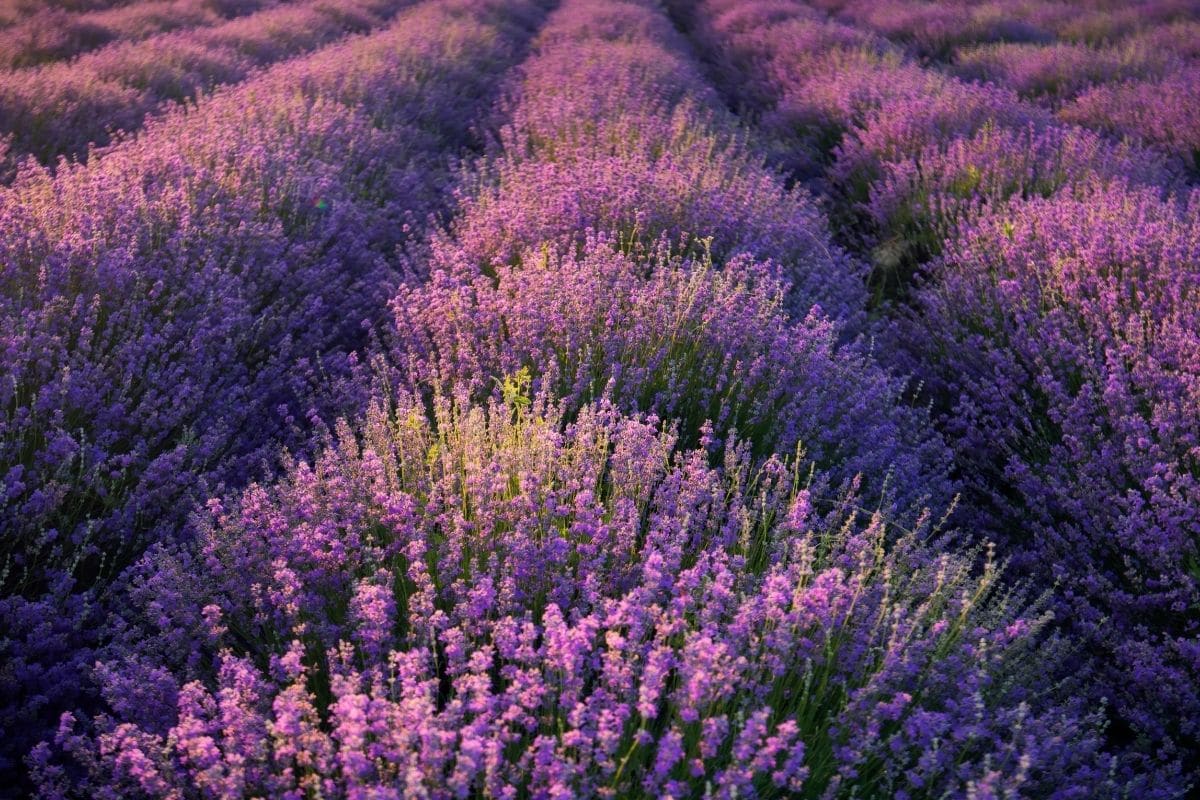
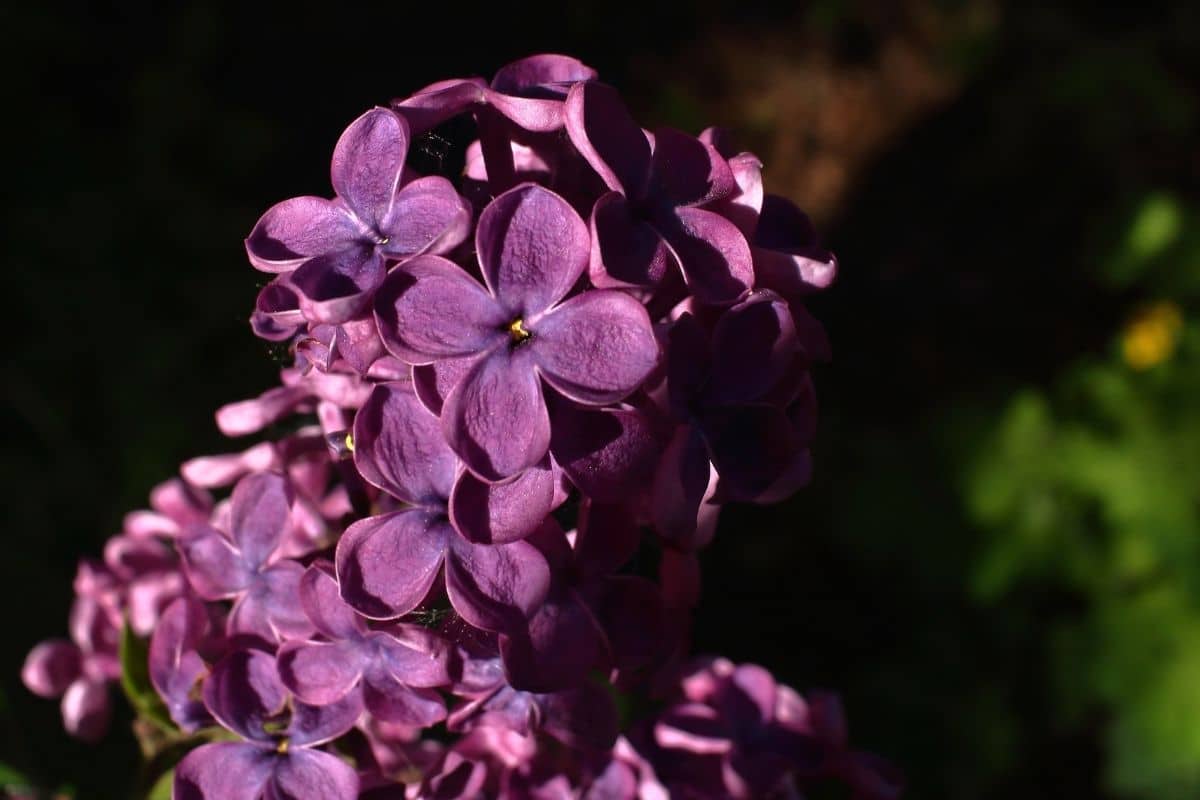
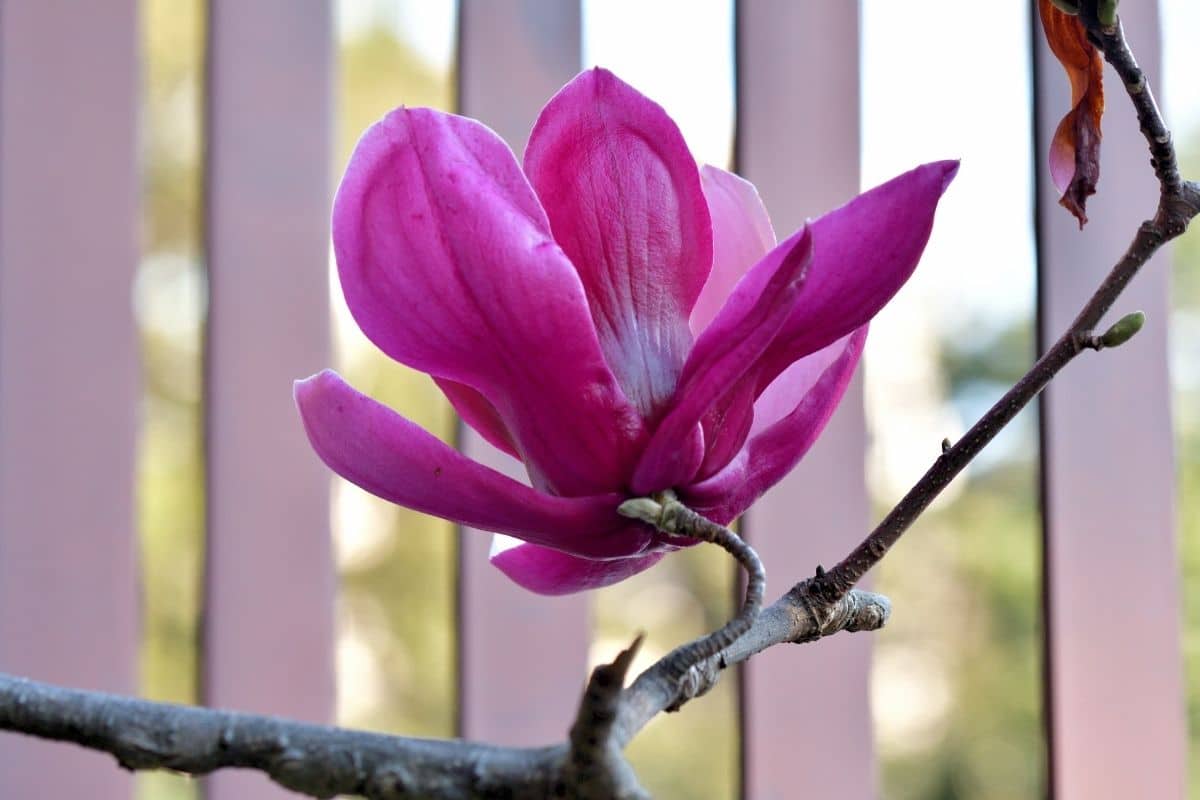
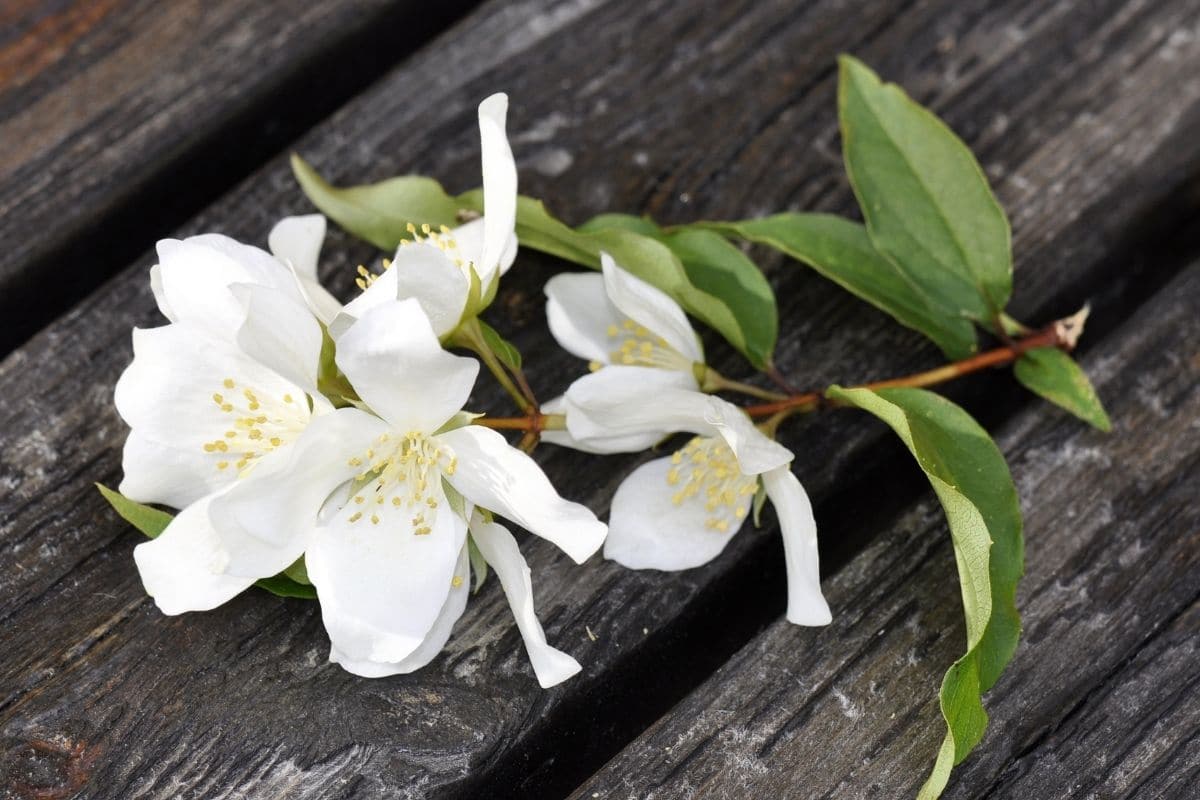
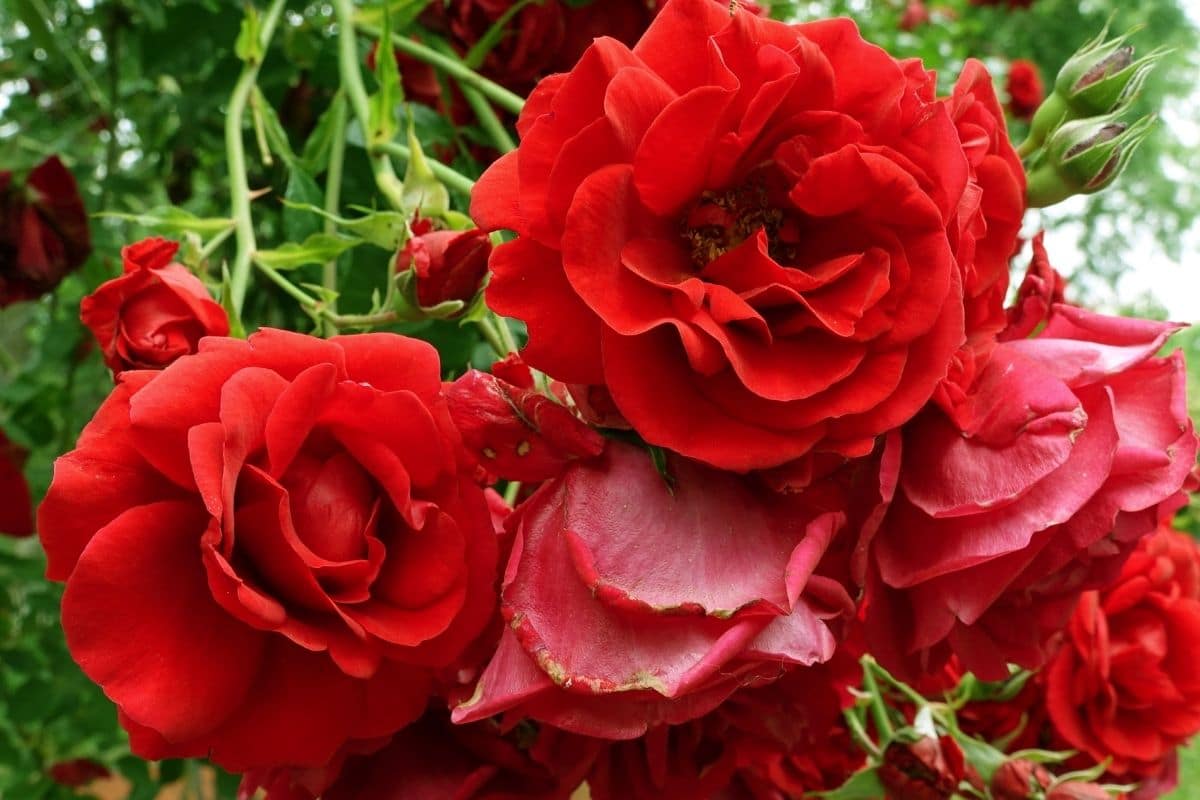

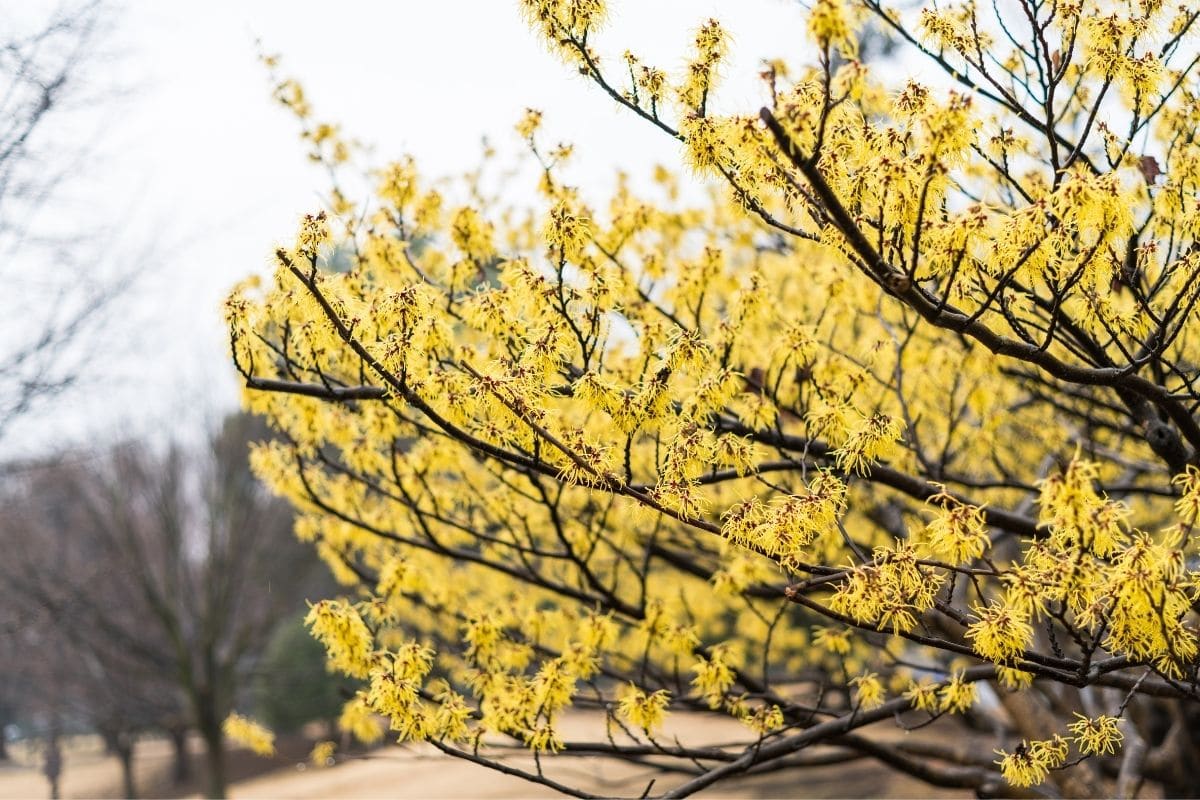




Leave a Reply